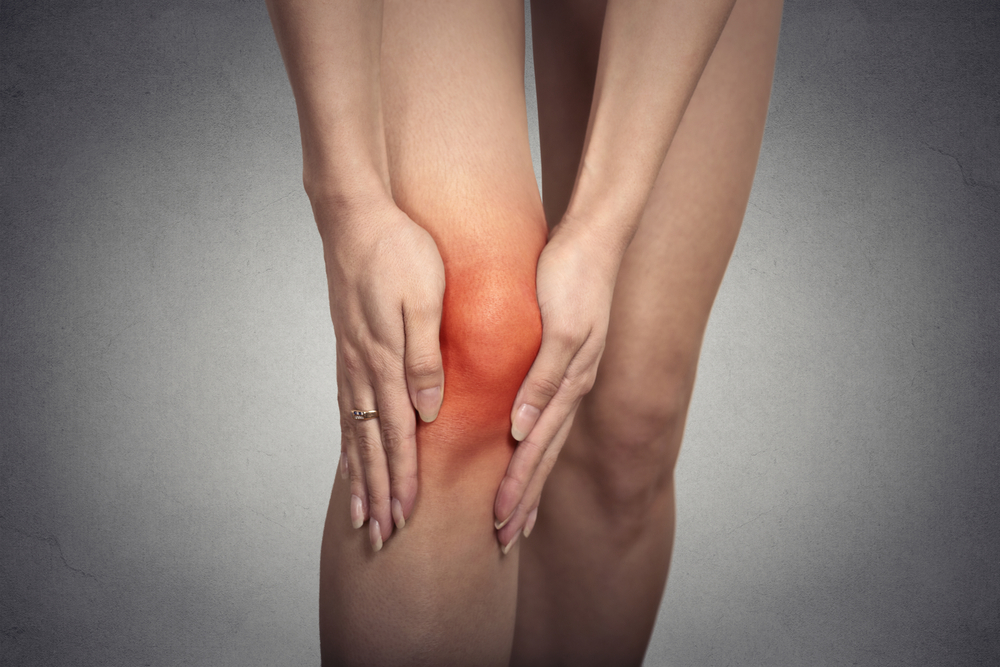
Osteoporosis is a common ailment that comes with ageing, putting older adults at risk for injuries like broken bones due to weakened bone density. Treatment to strengthen patients’ bones is required to prevent accidents such as falls and broken bones. This is accomplished through activity-based exercises, putting physiotherapy professionals in an ideal position to design and implement the best programs for those with osteoporosis.
Physiotherapists conduct closely-monitored exercise regimens for their patients, but they also play a role in educating those with the condition and high-risk groups to help prevent further bone mass deterioration.
Here’s how physiotherapists carry out their roles in the treatment and recovery of this condition:
Busting Myths About Osteoporosis
One of the most common misconceptions about treating osteoporosis is that patients shouldn’t do any strenuous exercises such as lifting weights or high-intensity workout programs to avoid the risk of bone breakage. However, the opposite is actually observed to be true. A study called the LIFTMOR trial examined the effects of high-intensity resistance and impact training on post-menopausal women with lower bone density. One group of women did low-intensity exercises at home while the other did a supervised high-intensity training program. Those in the high-intensity group significantly improved their bone health and their general muscle health. Muscle strength has also been shown to benefit those with brittle bones since it improves balance to minimise the likelihood of falling and prevents fractures if a fall occurs.
Some might also attribute the development of osteoporosis to genes. While genetics can factor into your chances of having osteoporosis as you age, it’s a myth that you can’t do anything to prevent the condition from progress further.
Understanding the Risk Factors for Developing Osteoporosis
Physiotherapists understand how the body develops over time to administer physical treatments in the form of massage, exercise, and other activities. In the case of osteoporosis, a good level of physical activity throughout one’s lifetime is one factor that can decrease the severity of the bone mass loss that accompanies ageing. Those with a family history of osteoporosis are also more at risk of developing it later on.
Other risk factors include sex as women are more susceptible to osteoporosis due to hormonal changes after menopause. People over the age of 50 who have certain medical conditions like arthritis and diabetes also have an increased risk of developing osteoporosis.
Minimising Chances of Developing Osteoporosis
While the loss of bone mass is an inevitable part of growing older, lifestyle choices and the right treatments can significantly reduce the chances and severity of osteoporosis. Here are ways that you can start reducing your risk.
-
Get Physiotherapy
Getting the advice of a physiotherapist can greatly reduce your chances of developing too-brittle bones later on in life. These experts can tailor a suitable exercise program based on your specific needs and physical capabilities, all of which are done in a safe environment. It is also advisable to consult your doctor regarding any other underlying conditions you may have before starting your physiotherapy program.
-
Choose the Right Exercises
When doing exercises on your own, follow your physiotherapist’s guidance and choose the right activities to promote bone strength. High-intensity, weight-bearing, and multi-directional exercises are ideal (e.g., tennis). Resistance training is also ideal. Bear in mind that for any exercise regiment, the amount of exercise you can do and its intensity and type will depend on your age, fitness level, and current bone health.
-
Eat a Healthy and Balanced Diet
This may come as no surprise, but by eating a well-balanced diet, you can ensure that you consume all the nutrients needed to strengthen your bones. Focus on eating calcium-rich food and maintaining your vitamin D levels, which can help with calcium absorption. Drink moderately and avoid smoking and tobacco use as well.
Conclusion
Keeping the bones strong as people age is an essential part of maintaining a healthy lifestyle. Without the strength in your bones, you wouldn’t be able to walk, skip, jog, or jump, much less do your daily activities. Physiotherapists understand how the body might be at risk for developing osteoporosis and how to treat it using proper exercise methods and the right diet. With regular visits to a qualified physiotherapist, one can ensure that their bone health remains high for many years to come.
At Anytime Physio, we offer cost-effective physiotherapy, remedial massage, and pilates services. Our physiotherapists make sure to tailor-fit their techniques to each patient’s unique needs. Contact us today and book your session for the best physio prices in Brisbane!

